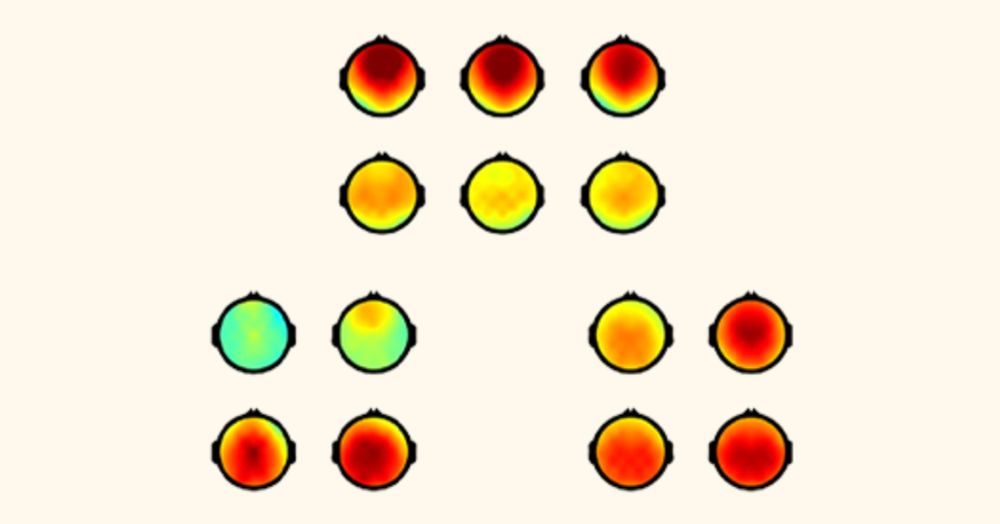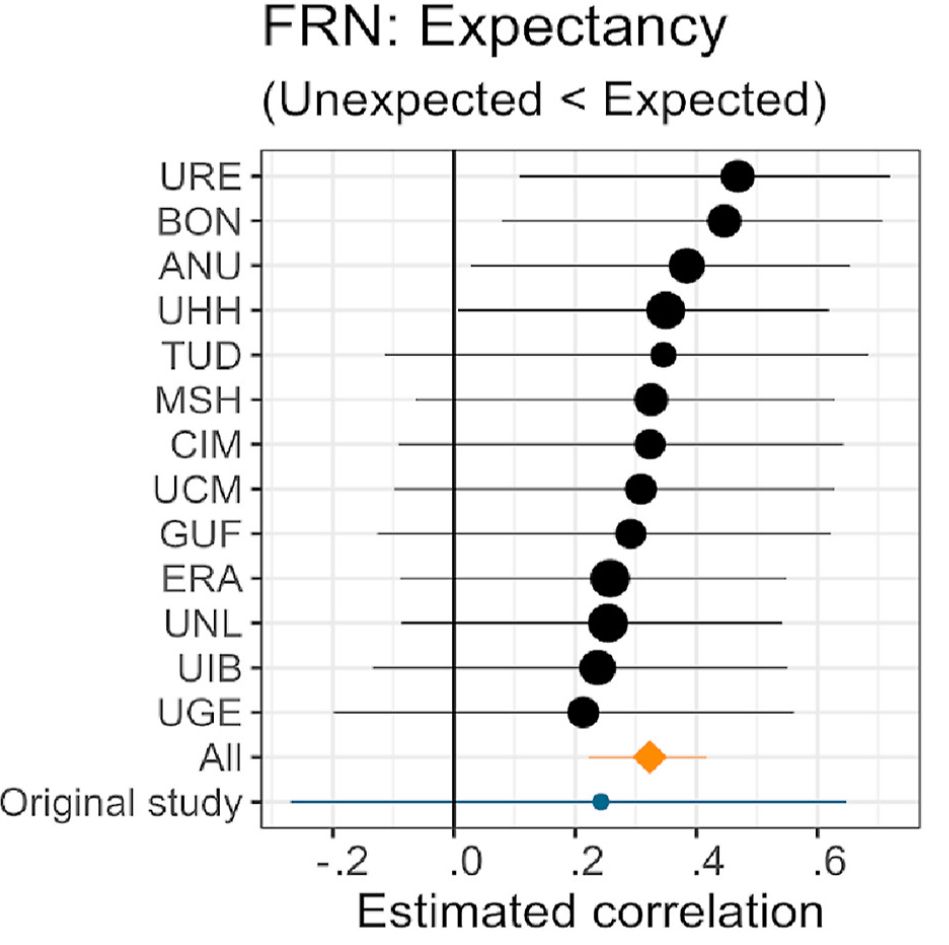#EEGManyLabs
@eegmanylabs.bsky.social
85 followers
2 following
17 posts
We are international network of researchers, aiming to make a step towards understanding replicability of findings from EEG research
https://www.eegmanylabs.org/
Posts
Media
Videos
Starter Packs
#EEGManyLabs
@eegmanylabs.bsky.social
· Aug 20
#EEGManyLabs
@eegmanylabs.bsky.social
· Aug 20
#EEGManyLabs
@eegmanylabs.bsky.social
· Aug 20

One hundred years of EEG for brain and behaviour research - Nature Human Behaviour
On the centenary of the first human EEG recording, more than 500 experts reflect on the impact that this discovery has had on our understanding of the brain and behaviour. We document their priorities...
dx.doi.org
#EEGManyLabs
@eegmanylabs.bsky.social
· Aug 20
Reposted by #EEGManyLabs
#EEGManyLabs
@eegmanylabs.bsky.social
· Feb 7
#EEGManyLabs
@eegmanylabs.bsky.social
· Feb 7
#EEGManyLabs
@eegmanylabs.bsky.social
· Feb 7
#EEGManyLabs
@eegmanylabs.bsky.social
· Feb 7
#EEGManyLabs
@eegmanylabs.bsky.social
· Feb 7
#EEGManyLabs
@eegmanylabs.bsky.social
· Feb 7
#EEGManyLabs
@eegmanylabs.bsky.social
· Feb 7


